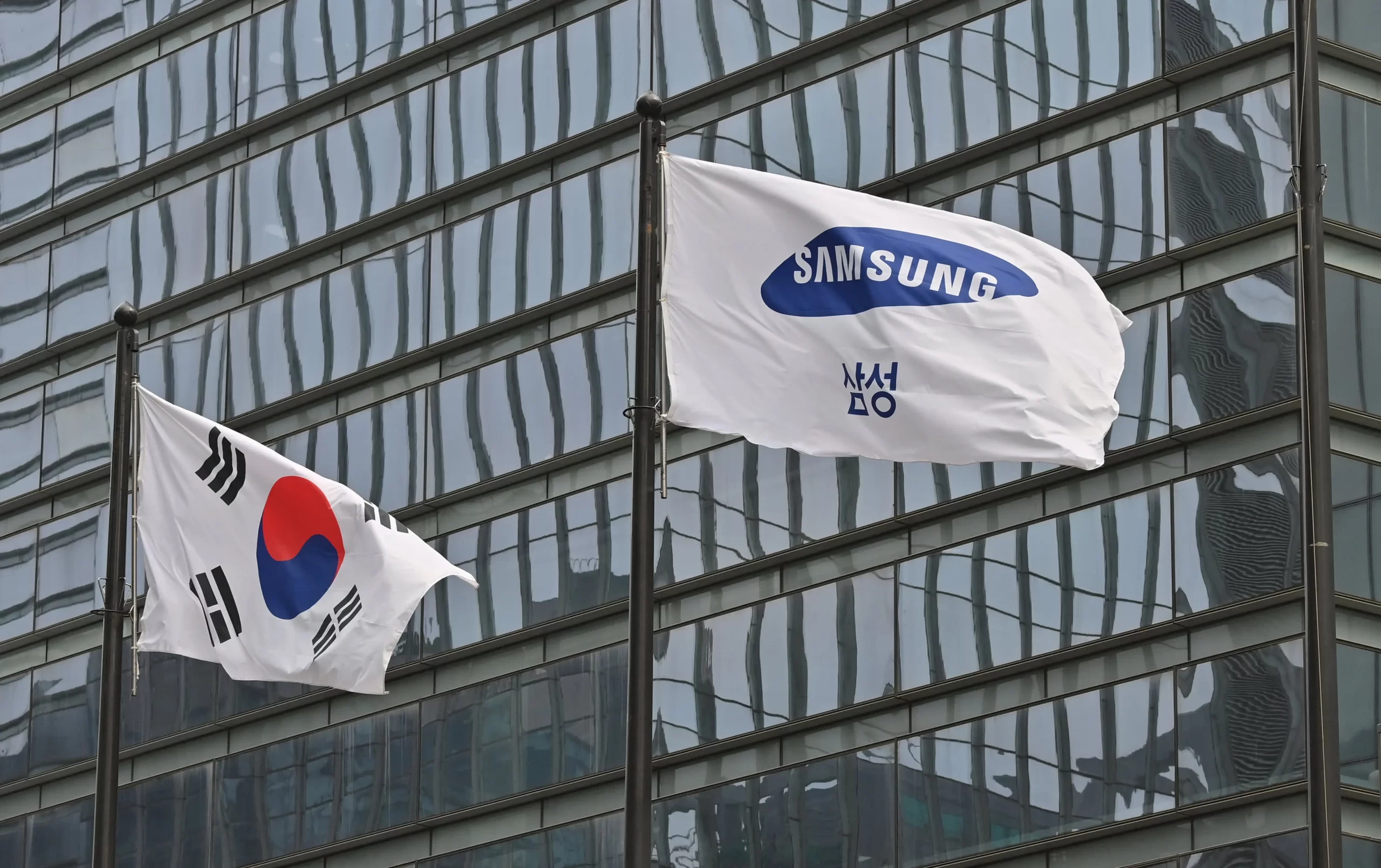Introduction:
Samsung recent announcement of a massive $44 billion investment in its Texas chip plant has stirred significant interest and speculation within the semiconductor industry.
Amidst global chip shortages and increasing demand for advanced technology, Samsung’s decision raises questions about the potential impact on semiconductor production in the United States.
In this blog post, we’ll explore the details of Samsung’s investment and analyze its potential implications for US semiconductor manufacturing.
Follow us on Linkedin for everything around Semiconductors & AI
Background: Samsung $44 Billion Investment
According to a report by The Wall Street Journal (WSJ) dated April 5, Samsung Electronics intends to boost its semiconductor investment in Taylor, Texas, to a staggering US$44 billion.
This announcement marks a significant increase from the US$17 billion investment declared by Samsung two years ago for the construction of a cutting-edge semiconductor manufacturing facility, or foundry, in the same region.
The surge in investment amount is attributed to negotiations between Samsung and the U.S. government for subsidies. However, Samsung Electronics refrained from providing official confirmation on April 7, stating that negotiations are still ongoing.
Samsung’s ambitious investment plan includes a substantial infusion of funds into its Texas chip plant over the next several years. The investment will primarily target the expansion and modernization of manufacturing facilities, as well as the development of advanced semiconductor technologies.
Why Did Samsung Increase the Investment to $44 Billion?
Samsung Electronics has opted to increase its semiconductor investment in the United States, citing three distinct factors driving this decision.
1. Soaring Costs
Firstly, the company has found itself grappling with the soaring costs associated with its existing plans to construct semiconductor manufacturing facilities. Over recent years, the landscape of the U.S. economy has witnessed significant inflationary pressures, coupled with a noticeable uptick in labor costs. These adverse trends have contributed to a substantial escalation in the overall expenses tied to building these facilities. Consequently, Samsung Electronics is compelled to allocate additional funds to accommodate these inflated costs, ensuring the timely and successful execution of its manufacturing infrastructure.
2. Additional Funding Requirements
Secondly, the forthcoming establishment of an additional manufacturing facility poses a formidable financial commitment for Samsung Electronics. The company anticipates that the endeavor will require a substantial investment exceeding US$20 billion. This hefty price tag underscores the magnitude of Samsung’s expansion ambitions within the U.S. semiconductor market. By committing to this sizable investment, Samsung aims to solidify its position as a key player in the region’s semiconductor manufacturing landscape, bolstering its competitiveness and market presence.
3. Advanced packaging processes
Lastly, Samsung Electronics has earmarked a significant portion of its increased investment for advancing packaging processes within its semiconductor operations. Specifically, the company plans to allocate US$4 billion towards implementing cutting-edge packaging technologies that integrate main servers with Graphics Processing Units (GPUs) and Dynamic Random-Access Memory (DRAM). This strategic allocation of resources underscores Samsung’s commitment to enhancing the efficiency, performance, and functionality of its semiconductor products. By investing in advanced packaging processes, Samsung aims to deliver innovative solutions that cater to evolving market demands, thereby strengthening its foothold in the highly competitive semiconductor industry.
Read More:A New RISC-V Breakthrough Chip Merges CPU, GPU & AI into One – techovedas
Conclusion:
Samsung’s $44 billion investment in its Texas chip plant represents a significant milestone in the evolution of the semiconductor industry.
Additionally, the expansion of manufacturing capacity, technological innovation, and environmental sustainability initiatives poised to reshape the landscape of US semiconductor production, potentially benefiting the economy, job creation, and technological competitiveness.
As Samsung’s investment unfolds, it will be essential to monitor its impact on the semiconductor ecosystem and the broader implications for the global technology industry.
By investing in domestic manufacturing, innovation, and sustainability, Samsung is not only strengthening its own position in the market but also contributing to the long-term growth and resilience of the US semiconductor industry.



